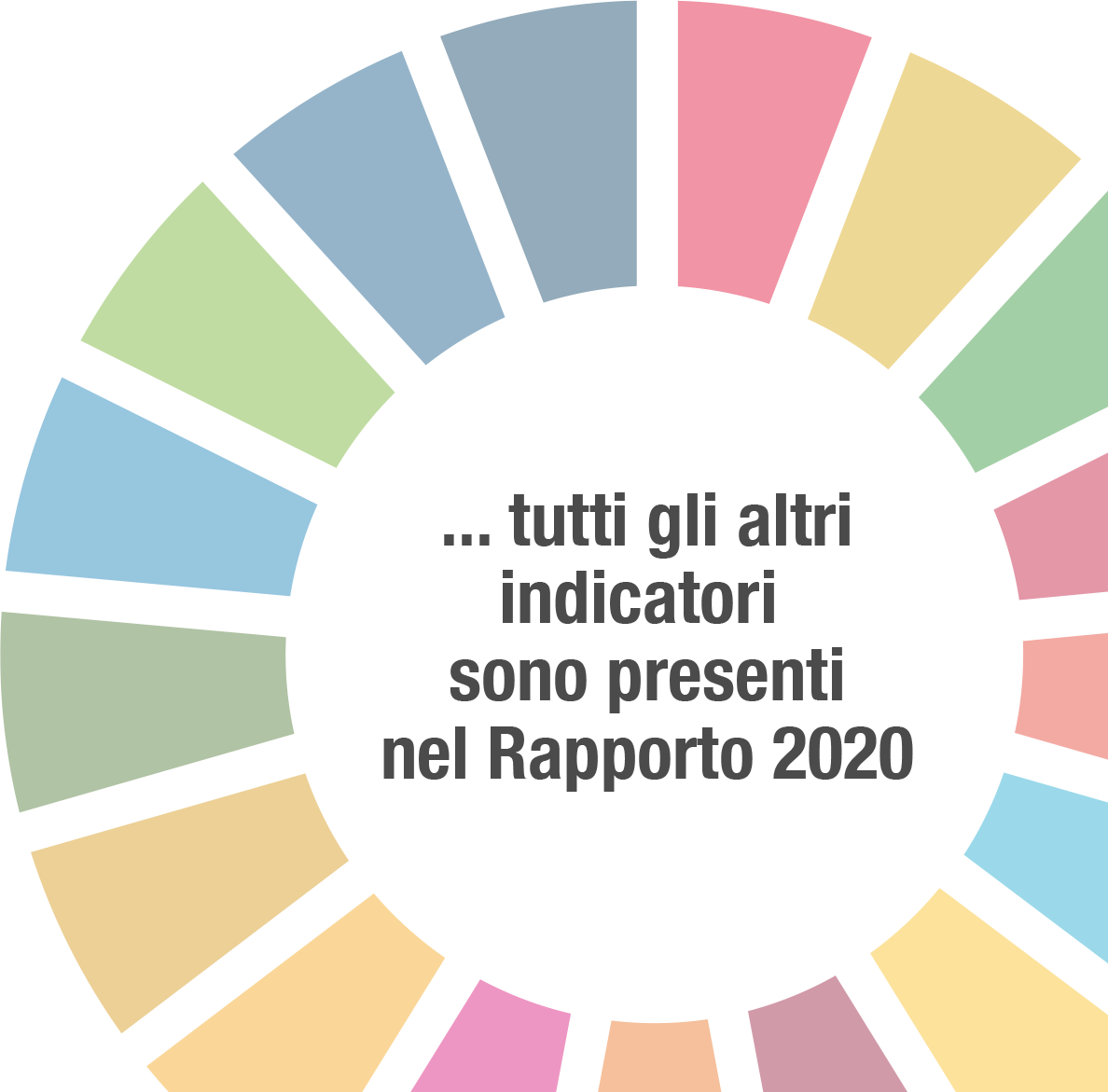On 14 May 2020 Istat released the third edition of the Report on Sustainable Development Goals (SDGs). The publication takes place in the presence of the COVID-19 pandemic, which has accelerated the need for a unified vision capable of developing and implementing an appropriate strategy for economic, social and environmental development attentive to the interdependencies of the various aspects and oriented towards sustainability.
The 2030 Agenda, adopted by the United Nations General Assembly, represents the global action plan for the achievement of a sustainable transformation of society, the economy and the environment. The United Nations Inter Agency Expert Group on SDGs (UN-IAEG-SDGs) has proposed a list, revised in 2020, of 232 indicators necessary for their monitoring, which are the statistical reference framework worldwide.
Its 17 Goals (SDGs), and the 169 specific targets in which they are developed, balance the three dimensions of sustainable development, extending the 2030 Agenda from the social pillar provided for by the Millennium Goals, to the other two pillars - economic and environmental ones - to which the institutional dimension has been added. Their characteristic is to be universal, interconnected and indivisible; they must take territorial realities into account and are potentially applicable everywhere, at global, national and local (regional and / or urban) level. There are numerous references to the well-being of people and to an equitable distribution of the benefits of development, intra generational and intergenerational. No one left behind is one of the key principles.
All the issues of the Report are mostly related with the main aims and goals that MAKSWELL Project carries on in its research activity. For this reason the statistical information the document conveys is relevant, also in view of the last outputs of the project.
Although the Report mainly contains information updated to 2019, efforts have been made to account for the impact of COVID-19 in two ways. On the one hand, a counterfactual evaluation exercise is presented which, starting from the lockdown, estimates the reduction in emissions generated by the behavior of families and businesses. On the other hand, in chapter 2, the interactions between COVID-19 and the different Goals are presented using the scheme of interconnections and networks.
Consult the Report - Italian version
Consult the Report - English version
Sustainable development goals (SDGs)




